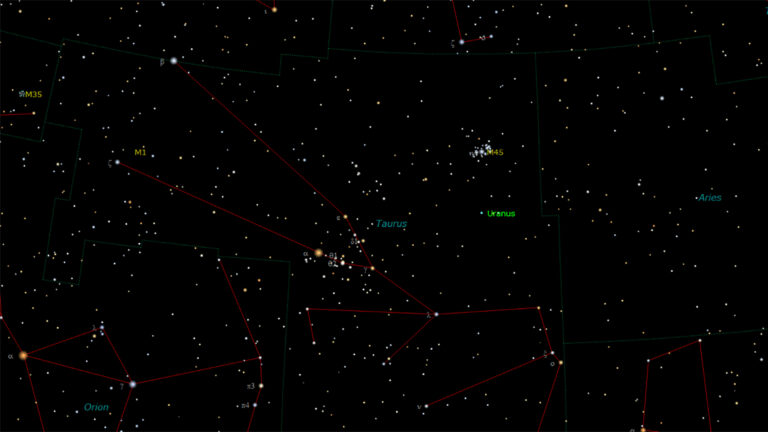Key Takeaways:
When we examine the true motions of the celestial objects we can track over short time-spans — the Sun, the Moon, planets, and asteroids (comets are special cases that can have all kinds of trajectories because they originate so far away) — we find they move from west to east unless Earth is passing them in space, when they appear to move backward (retrograde, or east to west).
Let’s concentrate our discussion on the two objects crucial to the 2017 eclipse, the Sun and the Moon. If you watch the Sun throughout the year, or the Moon through one of its orbits around Earth, you’ll discover that each moves eastward through the stars, specifically the constellations of the zodiac.
So, one month the Sun appears in front of the stars of Leo the Lion. The next month, it’s in the constellation to Leo’s east, Virgo the Maiden.
The Moon is swifter, making more than 12 orbits of Earth in a year. So, if the Moon and Sun are near one another — and they’re on top of each other during an eclipse — it will be the faster Moon catching up to and passing the Sun. Because both are moving from west to east, the resulting shadow of the Moon will start on the western side of Earth and move eastward.
Senior Editor










